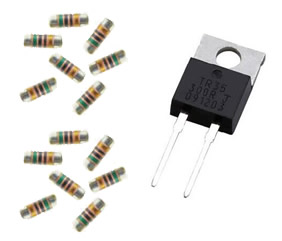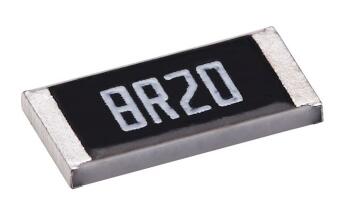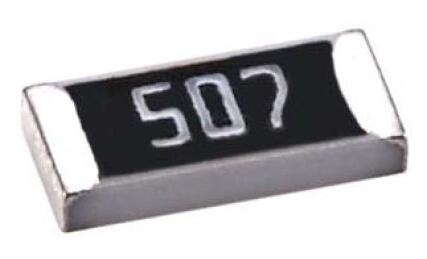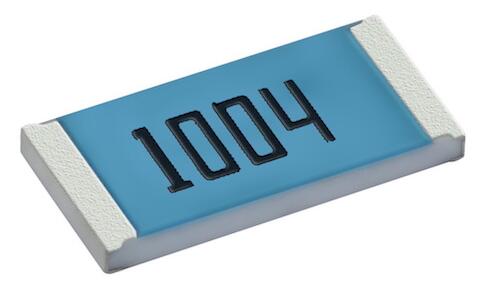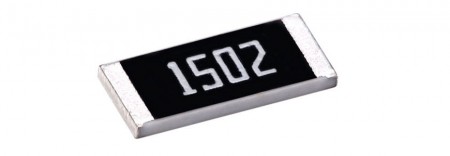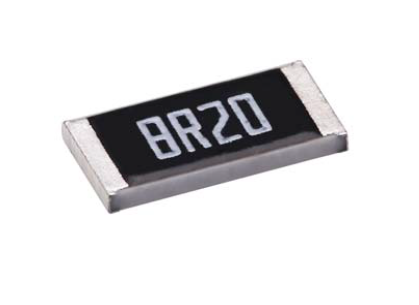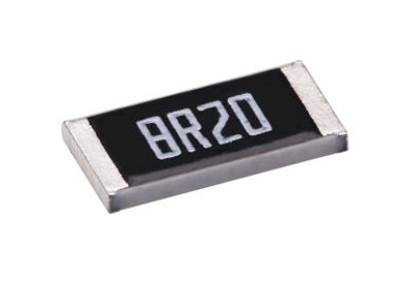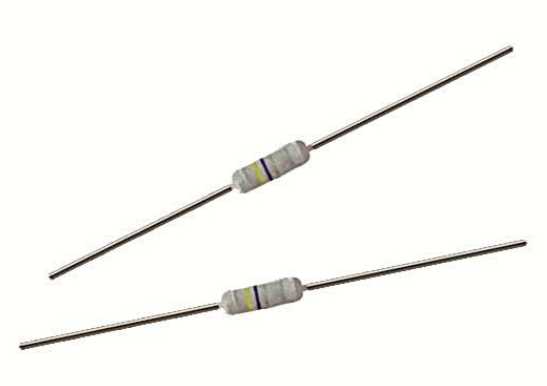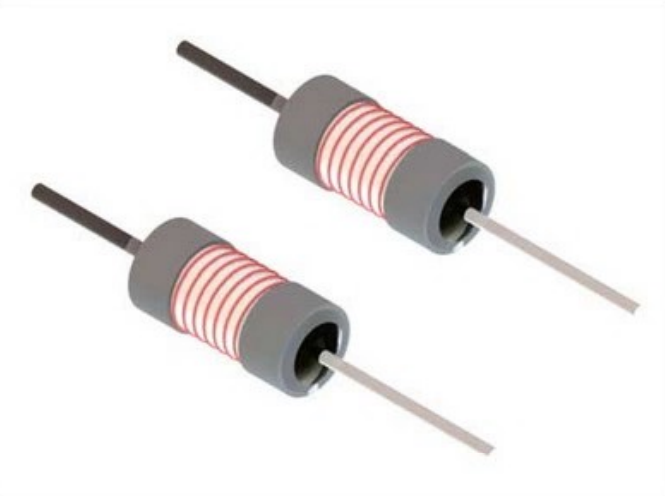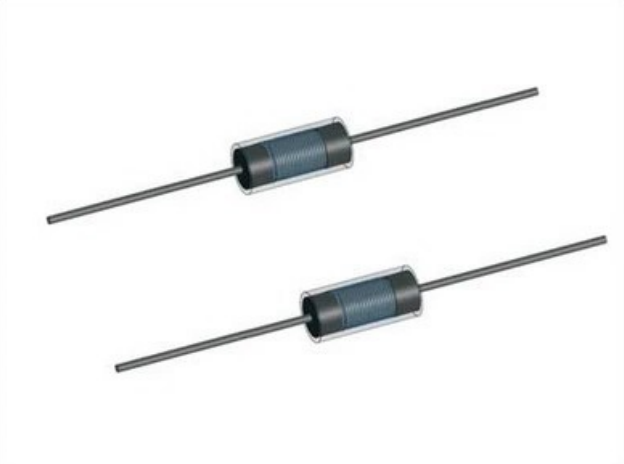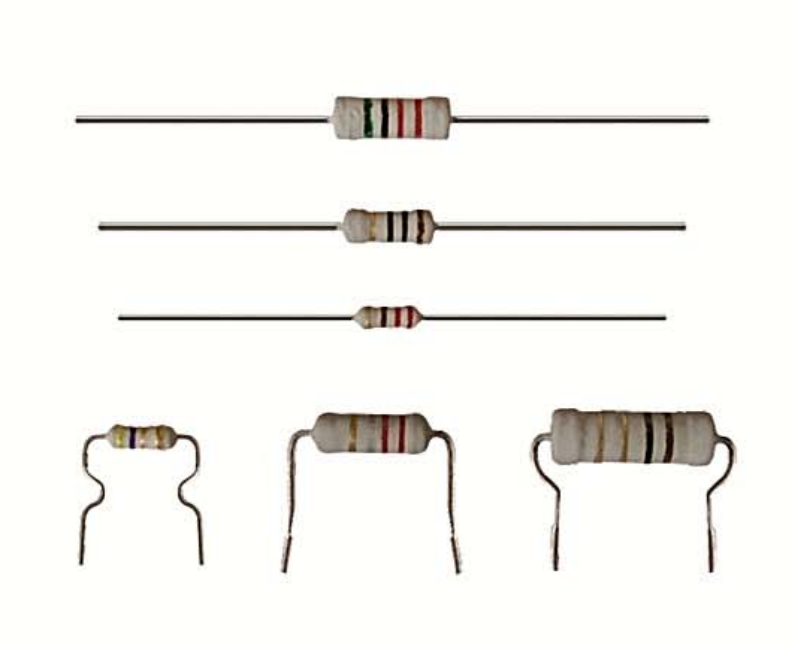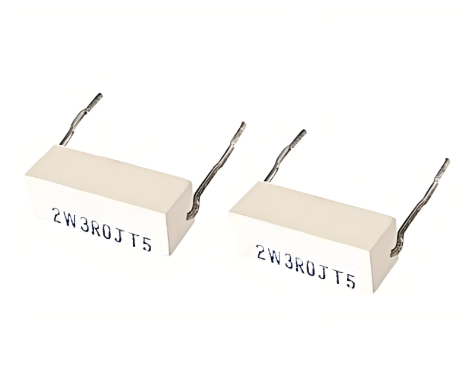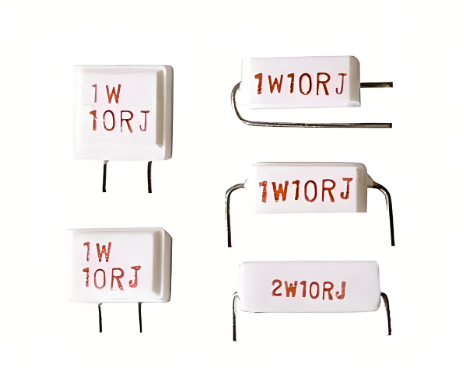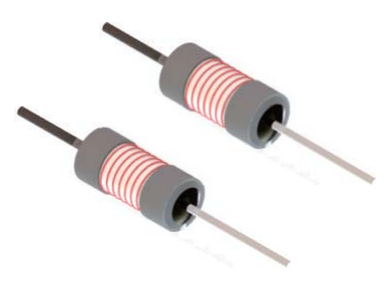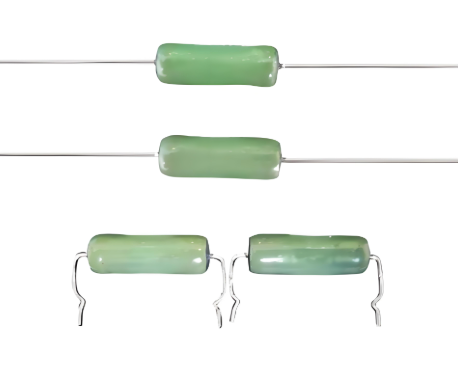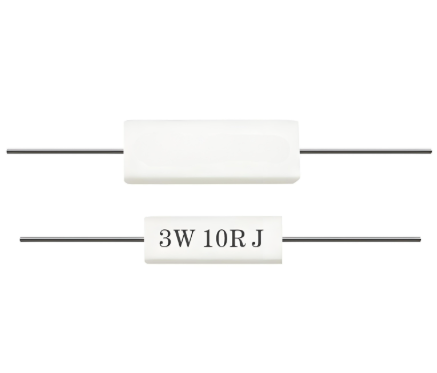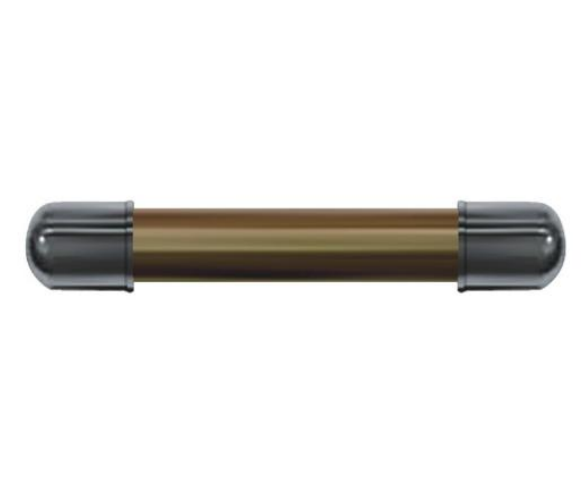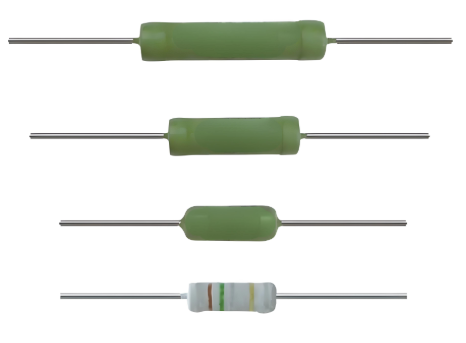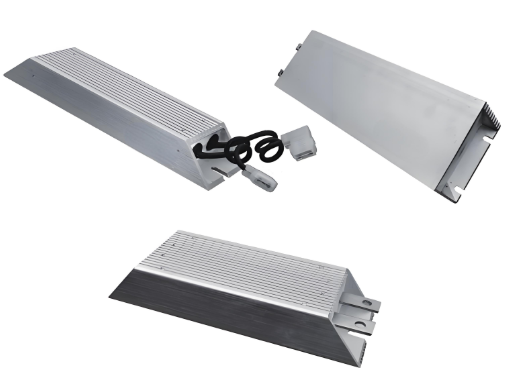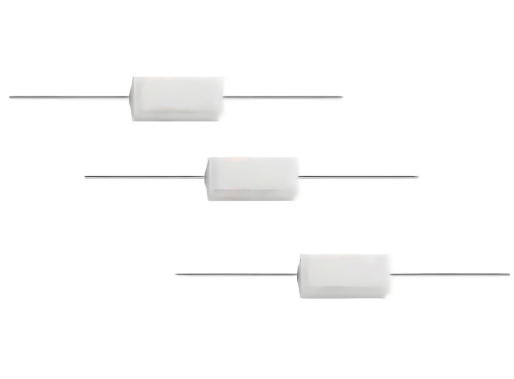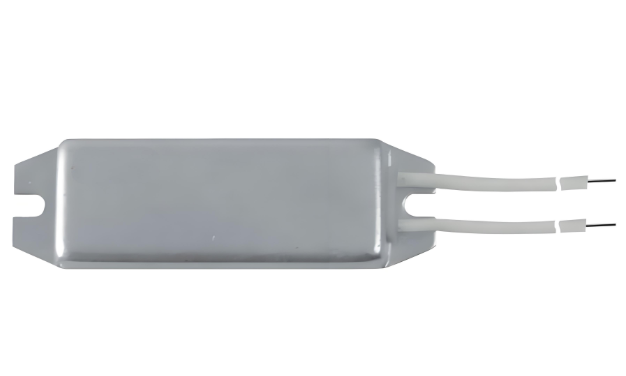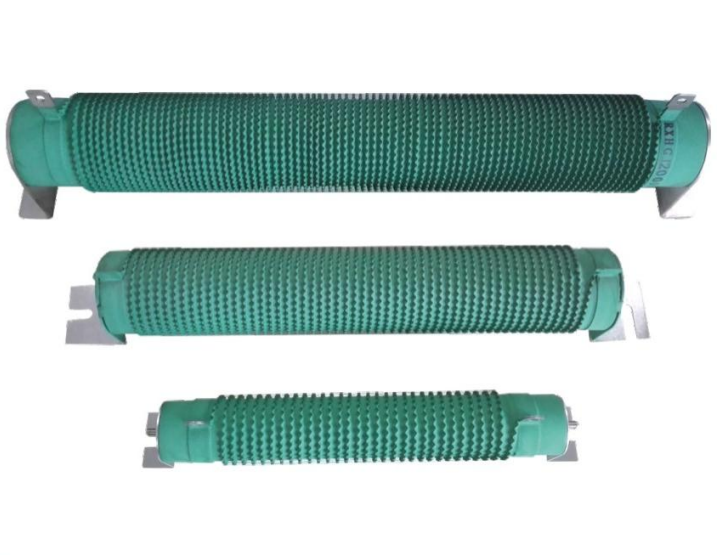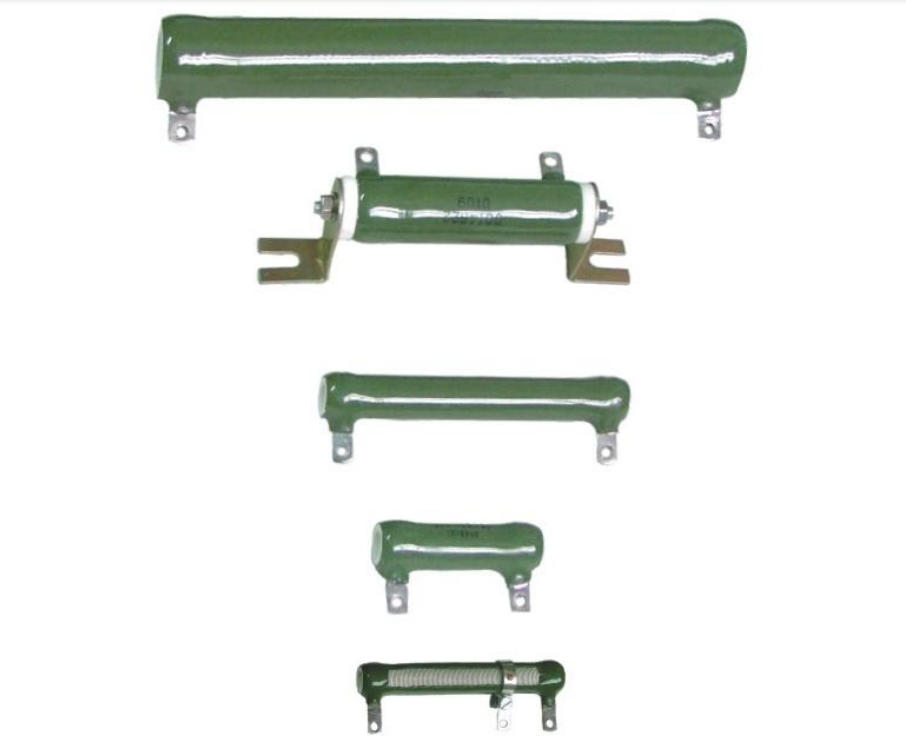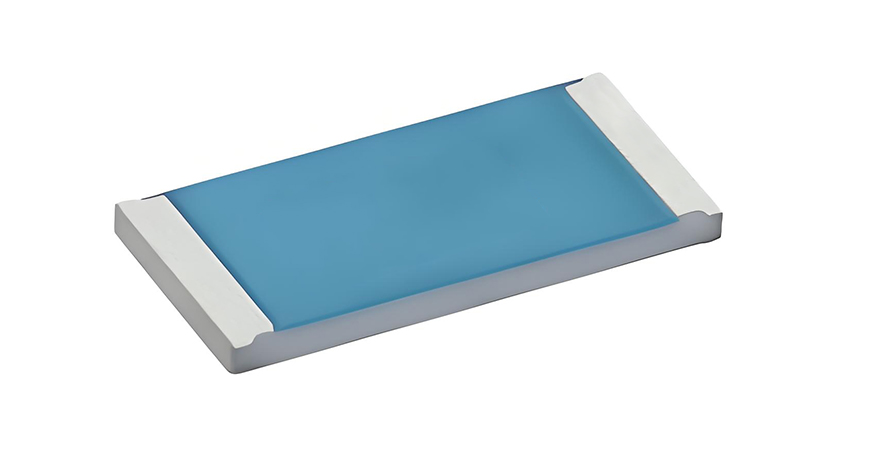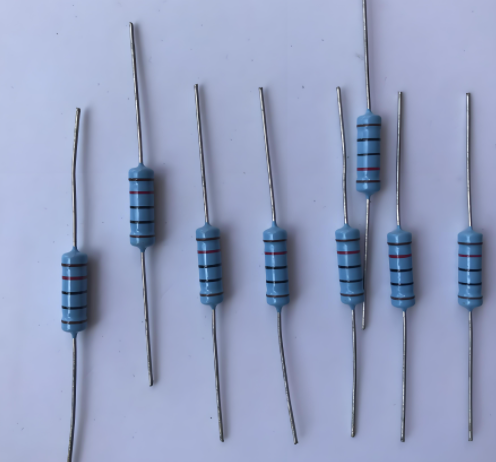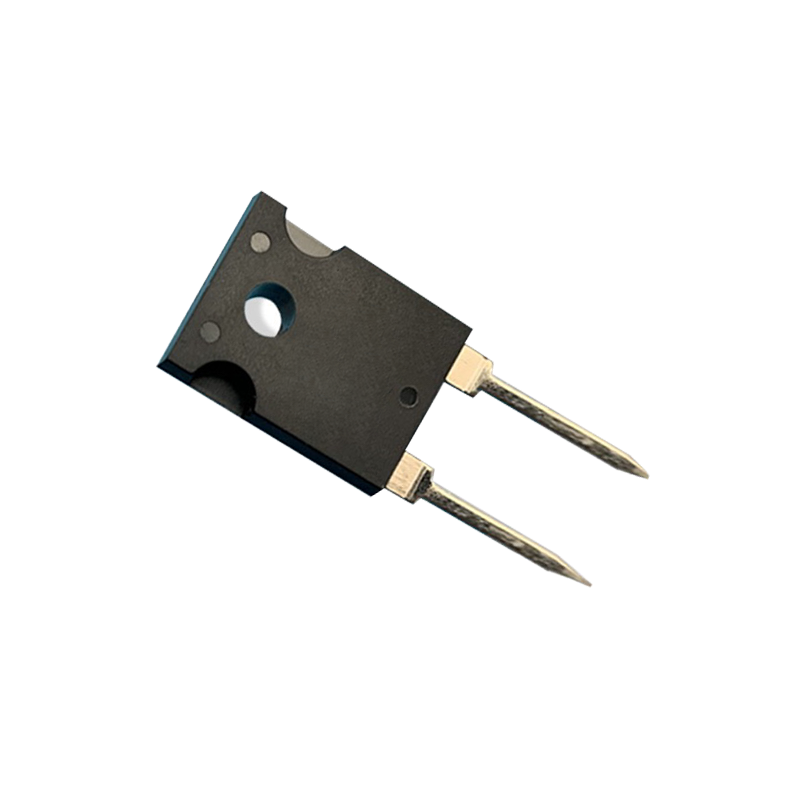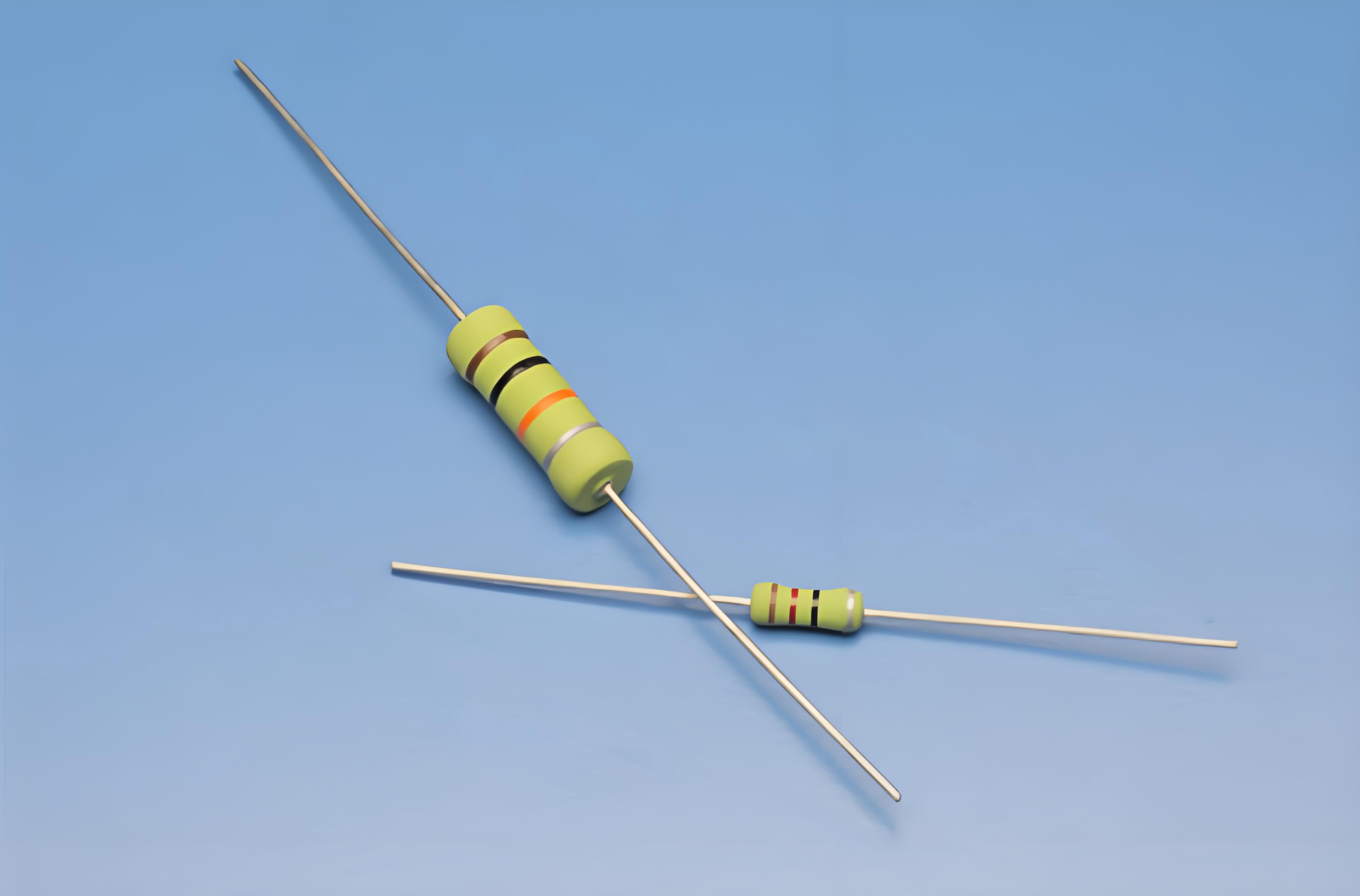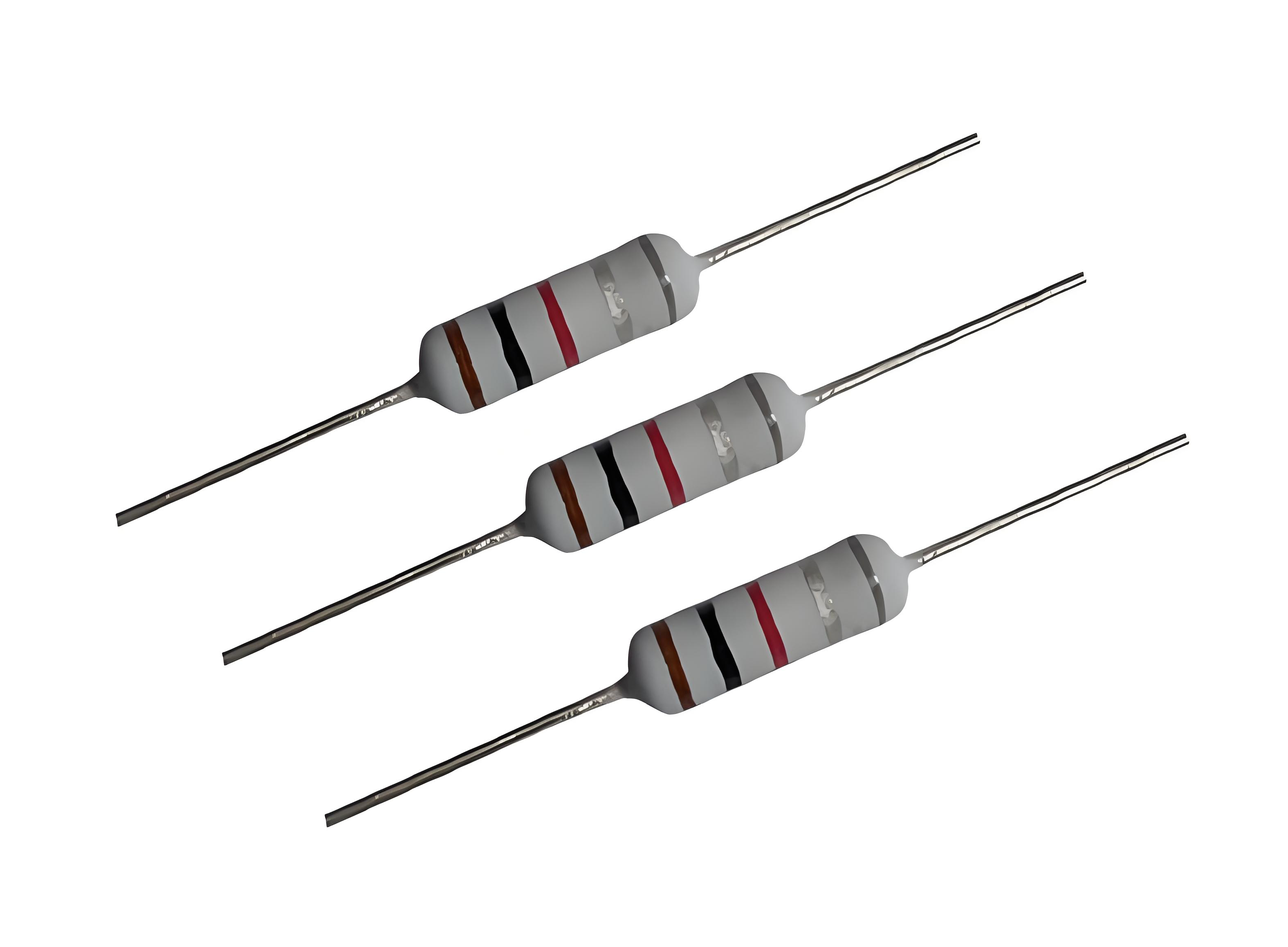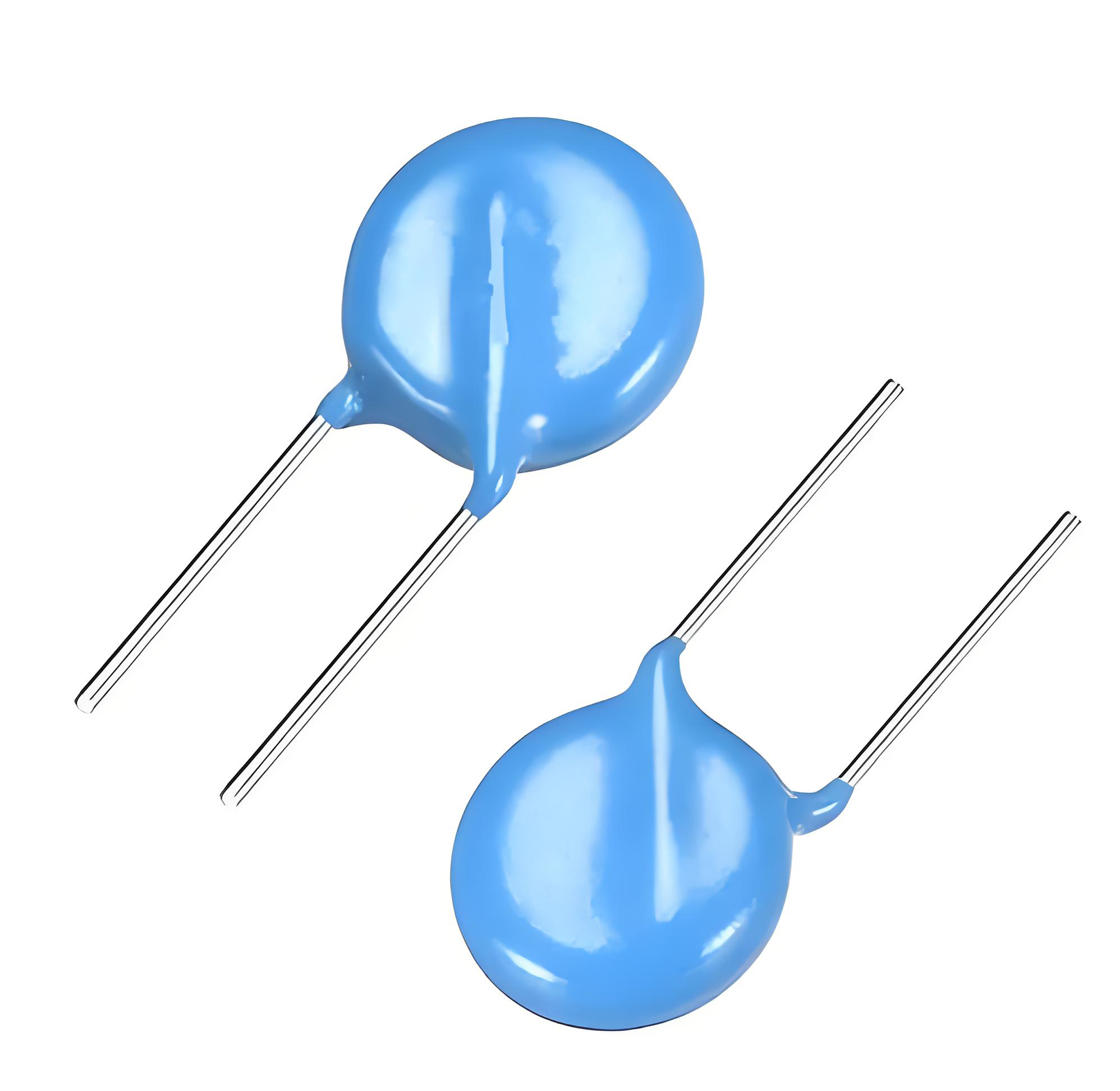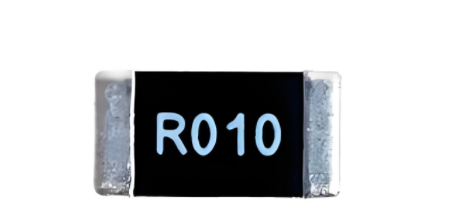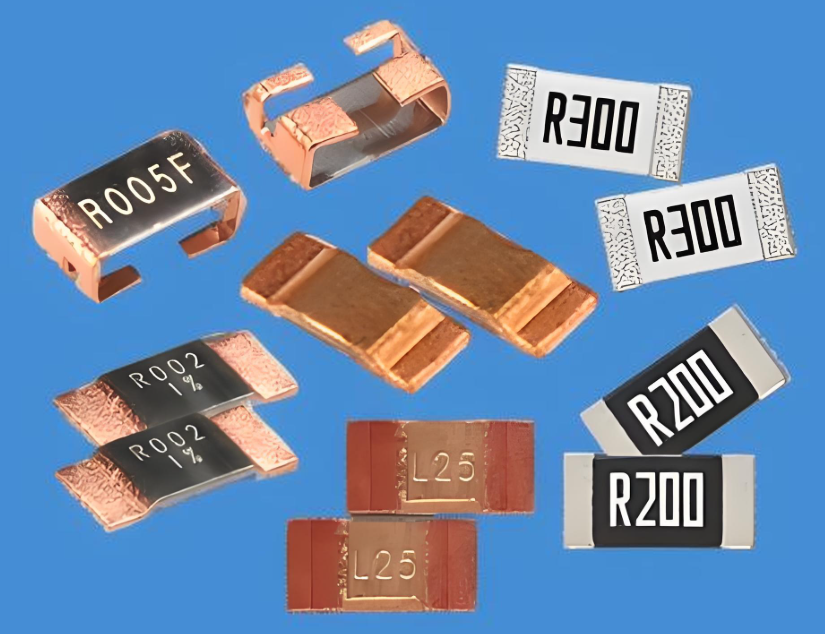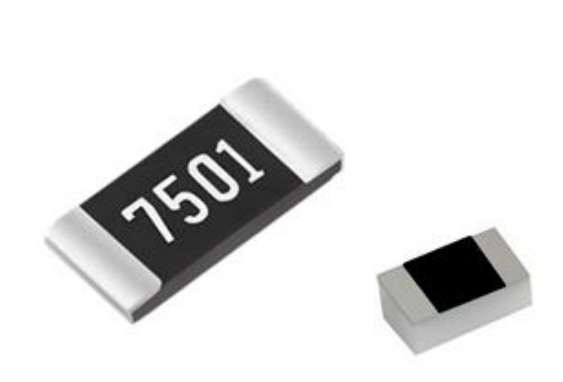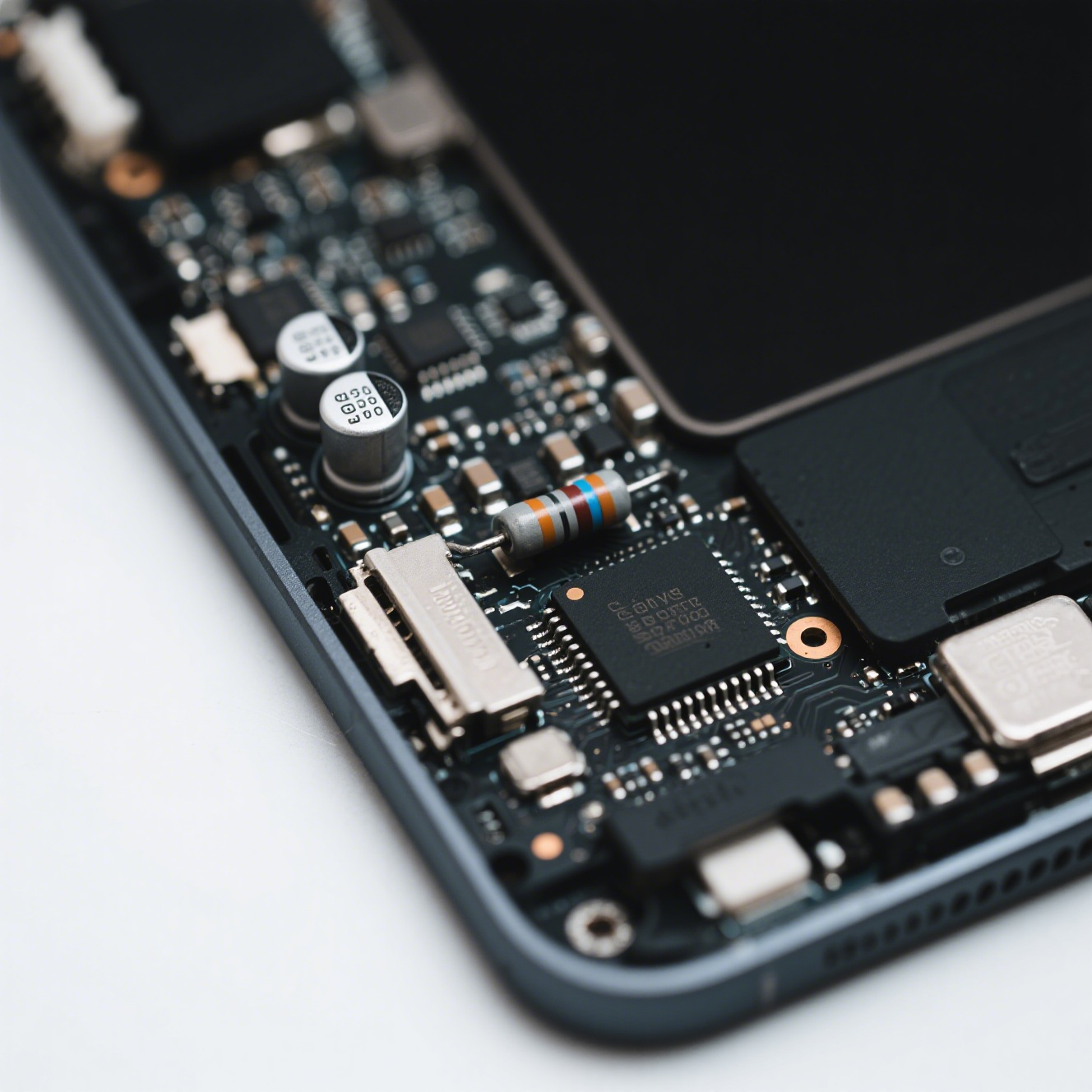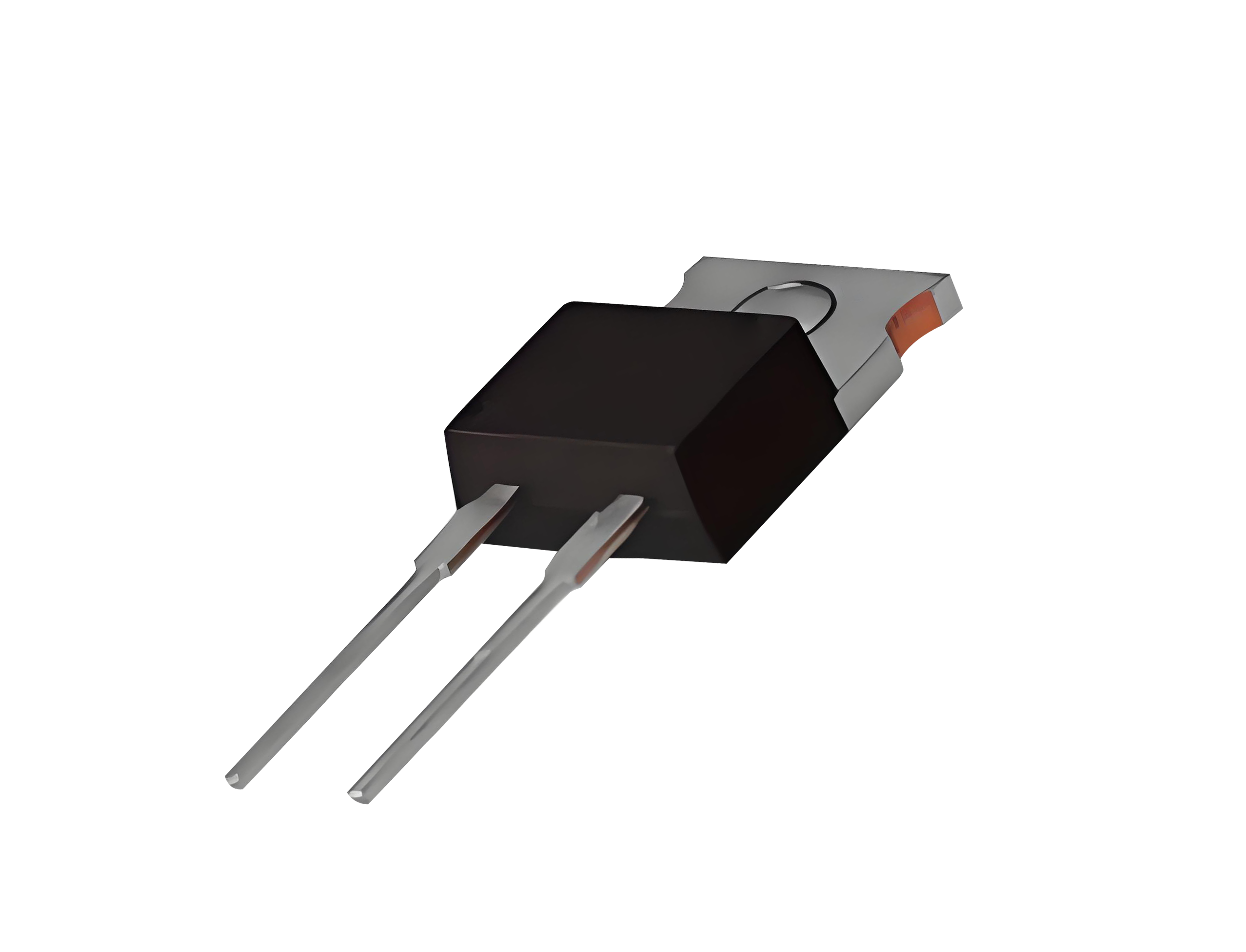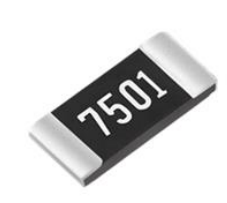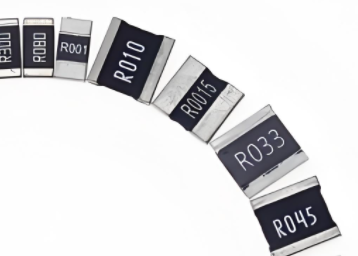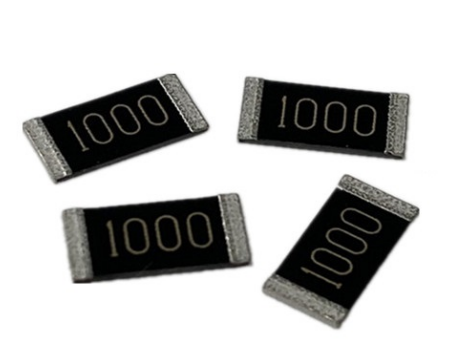Introduction
In the realm of modern electronics, the role of high frequency resistors cannot be overstated. As technology advances at a breakneck pace, the demand for components that can handle high frequencies while maintaining stability and precision has skyrocketed. These resistors are the unsung heroes behind countless applications, from telecommunications to automotive systems. This article delves into the versatile applications of high frequency resistors, shedding light on their significance and the innovative ways they are used in various industries.
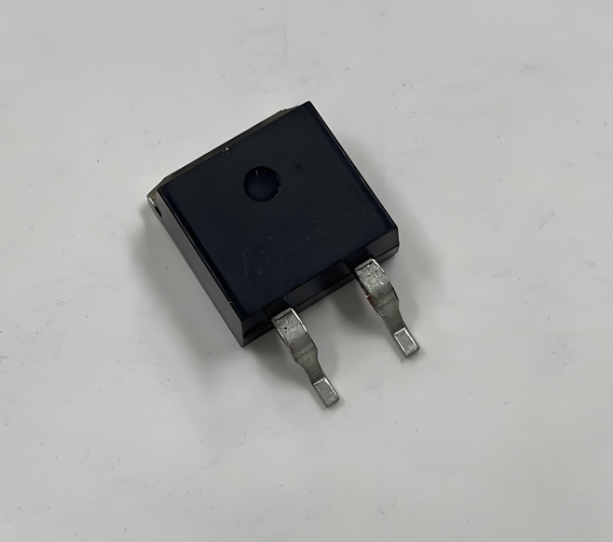
Telecommunications
The telecommunication industry relies heavily on high frequency resistors for signal integrity and noise reduction. These resistors are crucial in maintaining the quality of high-speed data transmission, ensuring that signals remain clear and undistorted over long distances.
| Application | Frequency Range | Resistor Type |
|---|---|---|
| 5G Networks | 1-10 GHz | Thin Film |
| Satellite Communication | 5-20 GHz | Carbon Composite |
Automotive
Modern vehicles are packed with advanced electronic systems that require high frequency resistors for proper operation. These resistors play a key role in ensuring the reliability and safety of automotive electronics.
| Application | Frequency Range | Resistor Type |
|---|---|---|
| Advanced Driver Assistance Systems (ADAS) | 1-5 GHz | Thin Film |
| Telematics | 1-3 GHz | Metal Film |
Medical Devices
In the medical field, high frequency resistors are used in diagnostic and therapeutic equipment. Their precision and stability are essential for accurate measurements and safe treatments.
| Application | Frequency Range | Resistor Type |
|---|---|---|
| MRI Machines | 1-4 GHz | Thin Film |
| Ultrasound | 1-5 MHz | Carbon Composite |
Industrial Automation
Industrial automation systems depend on high frequency resistors for efficient operation. These resistors help in maintaining the stability of control systems and reducing electrical noise.
| Application | Frequency Range | Resistor Type |
|---|---|---|
| PLCs | 1-2 GHz | Thin Film |
| SCADA Systems | 1-3 GHz | Carbon Composite |
High-Speed Circuit Design
Designing high-speed circuits is a challenging task that requires the use of high frequency resistors. These resistors help in minimizing signal reflections and ensuring reliable data transmission.
| Application | Frequency Range | Resistor Type |
|---|---|---|
| High-Speed Data Buses | 5-10 GHz | Thin Film |
RF and Microwave Applications
RF and microwave applications demand high frequency resistors to manage signal integrity and power handling. These resistors are essential in maintaining the performance of RF circuits.
| Application | Frequency Range |
|---|---|
| RF Amplifiers | 1-20 GHz |
| Microwave Ovens | 2.45 GHz |
Addressing a Critical Problem
One of the most significant challenges in using high frequency resistors is the issue of parasitic inductance. This parasitic effect can degrade the performance of resistors at high frequencies, leading to signal distortion and power loss.
A Proposed Solution
To mitigate the problem of parasitic inductance, engineers have developed special resistor designs. One effective approach is to use multi-layer chip resistors that minimize inductance by optimizing the geometry and material properties. These resistors offer significantly lower parasitic inductance, making them ideal for high frequency applications.

